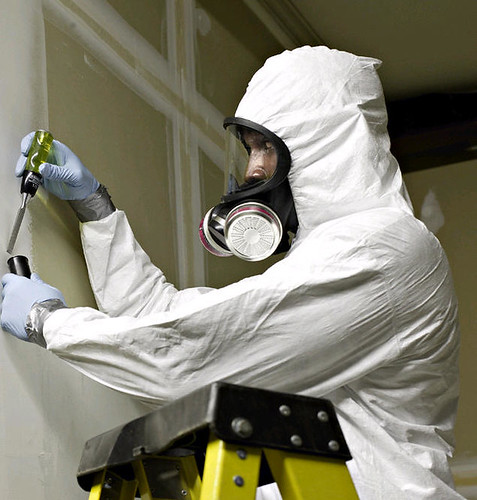This year, after years of inaction, there is some hope that Congress may find a bipartisan solution to our chemical safety problem. As my two earlier posts have noted, our current law, the Toxic Substances Control Act, is virtually powerless to protect us from unsafe chemicals. In contrast, the European Union’s regulatory regimen, REACH, Registration, Evaluation and Authorization of Chemicals, requires that chemicals produced in certain volumes (more than a ton annually) must provide safety data that demonstrates that they will not harm the public or the environment. The law, implemented in 2007, is being phased in over 11 years.
The late Sen. Frank Lautenberg had worked tirelessly to reform TSCA, but his legislative proposals only secured support from his Democratic colleagues. That was true until 2013, when he and Sen. David Vitter (LA) reached agreement on a compromise bill, the Chemical Safety Improvement Act, S. 1009. The bill provides a framework for reform, by placing more of the burden for demonstrating the safety of chemicals on the companies that make them, instead of on the Environmental Protection Agency.
Good news, bad news
The good news is that the bill would give the Environmental Protection Agency more power to require companies to provide information that demonstrates that their chemicals—those the EPA designates as high-priority chemicals—are safe. This is a major step forward. The bill would permit the EPA to share chemical safety data with the states. States also could suggest to the EPA that it act rapidly to regulate certain chemicals of concern.

The Chemical Safety Improvement Act (S. 1009) appears to create administrative hurdles for the EPA to ban even known hazardous chemicals such as asbestos. Photo: Flickr user Asbestos Testing
The bad news is that the bill includes many administrative hurdles for EPA to actually regulate chemicals in commerce, and the agency may still face big barriers in banning or restricting hazardous chemicals. The legislation as drafted also greatly restricts the actions that states can take to protect the public from unsafe chemicals.
UCS, as a member of the Safer Chemicals, Healthy Families Coalition, believes that this legislation is on the right track, but it must be strengthened. It needs major fixes to ensure that it will improve on our lackluster record of chemical protection.
This is how the bill must be improved:
Give states more latitude to act: When TSCA proved unable to protect their citizens, many states took up the challenge. California, and many other states, passed laws that ban the sale of certain types of products containing hazardous chemicals. California’s Proposition 65 also requires labels on products that may cause cancer. In all 18 states have approved 70 chemical safety laws.
The Chemical Safety Improvement Act, as now written, would preclude states from taking any new actions to regulate chemicals, and may override existing state laws, once the EPA makes its own safety determination about a chemical. States can try to get a waiver to permit them to continue to enforce a more protective law, but the process is cumbersome, and unhelpful. Congress must ensure that states don’t give up their authority to inform and protect the public.
Protect vulnerable populations: We know that infants, pregnant women, and children are often more vulnerable to exposure to toxic chemicals. We also know that there are “hot spots” in this country, often in areas where low-income minority families live, which endure exposures to chemicals because their neighborhoods are close to many chemical plants. The Lautenberg-Vitter law refers to vulnerable populations, but doesn’t define them. And it doesn’t specifically state that once the EPA assesses the impact of chemicals on these vulnerable populations, the agency must protect these vulnerable populations from these harmful chemicals.
Set deadlines: The bill lacks deadlines for EPA assessments and safety determinations. Without deadlines and timetables, the EPA will be unlikely to act soon enough to protect public health and the environment. A lack of deadlines also makes the agency much more vulnerable to industry pushback and to political interference.
Give the EPA real power to ban or heavily restrict the worst chemicals: The current Toxic Substances Control Act made it nearly impossible for the EPA to ban or restrict chemicals. Since its passage in 1976, the EPA has managed to restrict only 5 dangerous chemicals, out of 84,000 chemicals in commerce. The Lautenberg-Vitter bill imposes too many hurdles on the EPA before the agency can ban or restrict a hazardous chemical.
Don’t give “low-priority” chemicals a free pass: The way the legislation is drafted, if the EPA decides a chemical is a low priority, it can simply rely on the evidence that the company offers to make that designation. There is no requirement that the EPA actually ask for data that demonstrates that a chemical is safe and thus merits the low-priority designation. Once a chemical is designated low priority, a state can’t restrict its use, either. So it’s crucial that the EPA actually have evidence to support the low-priority classification.
